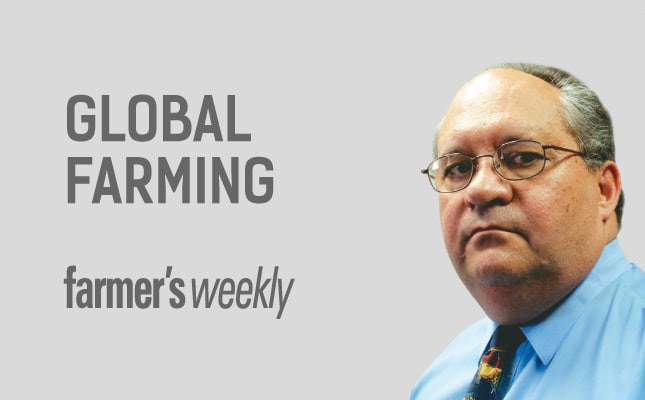
Farmers have very little control over the prices they receive for their produce, and even less control over the prices they pay for inputs. As such, farmers should focus on what they can control, such as production and marketing efficiencies.
Producer prices
Maize prices usually move within a range determined by import at the uppermost extreme and export parity at the lowest. The 2017 bumper maize crop resulted in Safex prices being firmly anchored at export parity.
This can be problematic for some farmers, as their production costs are more than the export parity received per hectare.
If the producer price does not cover the full economic cost of production, the farmer will obviously suffer a loss. As such, producer prices are crucial to farmers.
Having said this, producer prices are largely out of farmers’ control. Thus, instead of trying to negotiate better prices, farmers should increase profitability by increasing production efficiency.
Production efficiency
I was recently shown images of two planted maize lands right next to each other. In one, maize plants are dying, while in the other, the plants are still growing strongly.
The application of modern production techniques is most likely the reason for the opposing production efficiencies of these farms. Modern precision traffic control cultivation practices, coupled with high-quality, genitically-modified seed, can result in huge increases in yield.
Unfortunately, precision technology is expensive, and economies of scale are thus very important to crop farmers.
Saving on input costs
Farmers can save a lot by buying inputs like fertiliser in bulk. There are farmers who successfully operate buying groups to jointly buy inputs, and get the benefit of better prices.
Input suppliers all produce similar products and use advertising to try convince farmers of the superiority of their products over that of others.
Farmers should ignore these advertising strategies and buy at best prices; however, they should also ensure that the quality of the products they buy is acceptable.
So, buy high-quality inputs at good prices, and remember the quote, attributed to 19-century art critic John Ruskin: “There is hardly anything in the world that some man cannot make a little worse and sell a little cheaper, and the people who consider price only are this man’s lawful prey.”
The free market
In the days of the controlled marketing scheme, farmers were regarded only as the producers of goods. Products were delivered to co-ops, which acted as agents of the marketing boards, and farmers were paid whatever the board decided was fair.
Under the free market system, farmers can receive the Safex price for their grain.
Livestock farmers can buy the grain at Safex prices. Farmers who produce high-quality grain can also receive a premium from livestock farmers who need high-quality grain.
There are also niche markets for farmers producing specialised grains, such as non-GMO or popcorn maize.
Moving upstream
Producers get a small share of what consumers pay for their produce at retailers. Farmers frequently complain about the injustice of such a scheme, where they are price takers of both inputs and outputs.
For some, it could be an option to move up the value chain, and sell directly to consumers.
Where individual farmers cannot achieve this alone, forming a company between groups of farmers is a possible solution. However, they face the same business risks as other businesses.
Farmers should consider this, and weigh up the pros and cons before embarking on such an endeavour.
Dr Koos Coetzee is an agricultural economist at the MPO. All opinions expressed are his own and do not reflect MPO policy.




